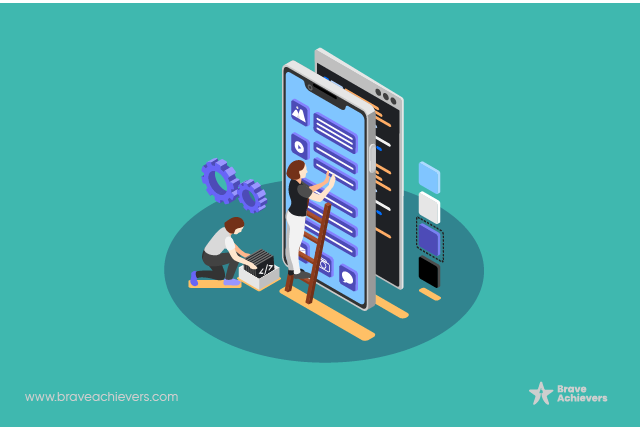
The evolution of technology over the years has taught us that, as human beings, we have an innate desire to make lives better for ourselves. Thus, we have seen remarkable innovations and creativity from the first industrial revolution to the fourth revolution, which is the digital age.
The advent of the digital age has simplified complex machine processes to digital products that humans can operate by pressing buttons, using voice commands, or simple gestures. However, the common thing between the machines of yesteryear and today's digital products is that their purpose is to meet human needs.
Thus, for digital products to meet human needs without complexity, there must be seamless human-computer interaction between the user and the product. The interaction between the product and the user is called the user experience. User experience encompasses everything that has to do with how the end-user perceives a product. Creating products that users can easily interact with is user experience design, commonly called UX design.
UX design simply means creating a user-centered design. A user-centered design is a design that prioritizes the needs of the user and considers the ease of use in navigating the product.
Thus, UX designers, who are responsible for designing digital products, need to spend quality time conducting user research to know the needs of their users before creating products for them.
The job of user experience designers is to make products easy for users to use. So, the user's experience is the primary consideration when designing a product; and as such, emphasis must be placed on seamless human-computer interaction when creating digital products.
What does user experience include?
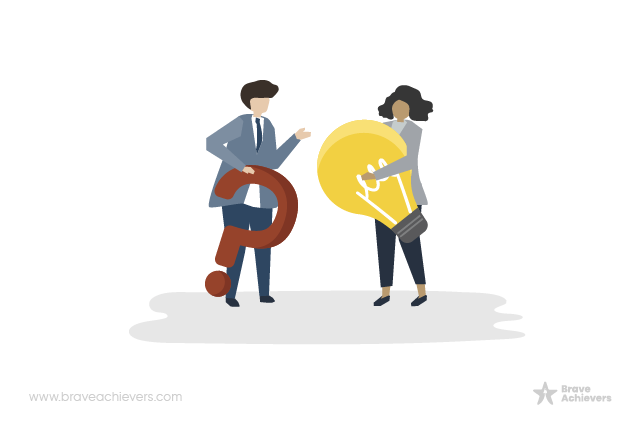
There are quite a few things that you should consider as a UX designer when you want to design the user experience of a product.
Usability
Usability means the use-ability of a product. It measures how easily users can use a product to achieve their goals. Beyond the product's functionality, the focus of a UX designer is to make the product easy to use.
Usability is the core of UX design, so you need to incorporate it throughout the design process. The UX design process has to be sequential to ensure that the design meets all the specific user requirements and business objectives.
Thus, as part of the UX design process, UX designers conduct usability testing to check how users relate to the product.
Usefulness
A significant metric for determining the user experience of a product is its usefulness. The usefulness of a product is in how it can help users complete specific tasks and achieve their goals.
The usefulness of a product is always within the user's needs. So, what is helpful to one might not be beneficial to another. Thus, it is essential to conduct user research to understand specific user needs before starting. Research on your target user group will provide insights into the requirements to create a useful design. A design that does not meet users' needs will create a poor user experience.
Simple user interface design
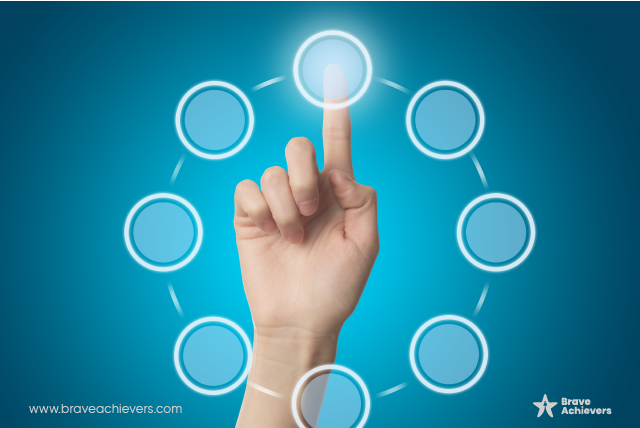
The user interface design is about the visual appeal of the product. The visual appeal defines the design's color, font, image size, and graphics. These elements go a long way in determining the user's acceptance of the product.
Often, this part of the UX design process is separated from the core work of the UX designer. Thus, the user interface designer handles this part, but constant communication must be between the UI designer and the UX designer.
The UI design of a website is a combination of visual design and graphical layout. The visual design and graphic layout set the tone for how users interact with the website. A bad graphical layout will result in a bad user experience.
Good Interaction design
Interaction design is focused on establishing a seamless interaction between the user and the product. Beyond the functionalities, users should be able to have an unhindered interaction with the product while accessing it for solutions.
Interaction here implies that users should be able to relate to the buttons, the style guide of the design, the placement of links, and everything pertaining to the design. A product with good functionality but poor interaction will result in a bad user experience. To do this effectively, some companies hire interaction designers separately to allow for more focus on interaction, although they will still work with the UX design process set by the UX designers on the project.
Well-structured information architecture
Information architecture is the arrangement of information across the user interfaces of the website pages. The structure of the information on the website can help users understand the purpose of the website in order of priority.
For example, relevant details should come first, followed by a CTA that propels users to take action based on the information. Bad information architecture will confuse users about the actions, resulting in a bad experience.
How to design the user experience of a product
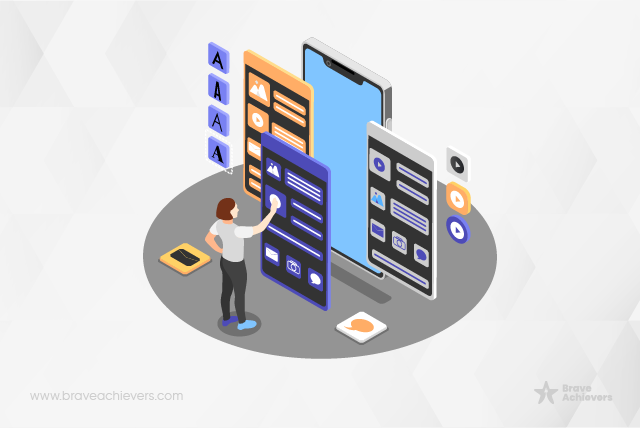
Designing the user experience of a product starts with asking simple questions like "What is the pressing need of the user? What does the user need to get this problem solved? Questions like this ignite the creativity of UX designers. These questions form the basis of a user-centered design process.
Conduct in-depth user research
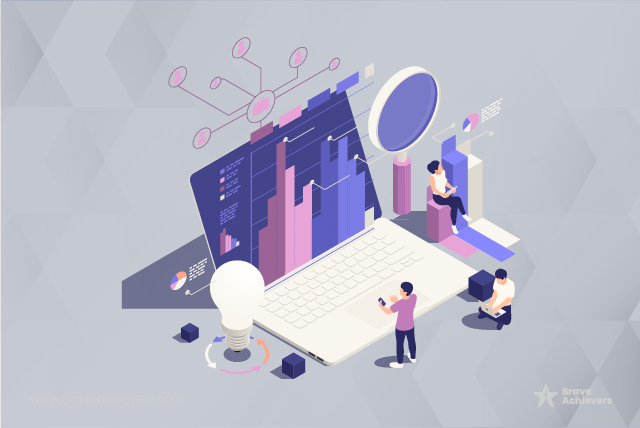
Creating a positive user experience starts with having an in-depth understanding of prospective users. This is one of the stages of product design. The best way to understand users is to see things from their perspective.
Extensive research on your target audience allows you to understand what users are facing such that you can also put yourself in their shoes and develop empathy for them. Empathy is a critical element in creating user-centric products.
Also, your research findings will give you insights on how to design products that align with user expectations. Research on prospective users will also eliminate your personal biases and keep your mind focused on the users' needs.
Create User Personas
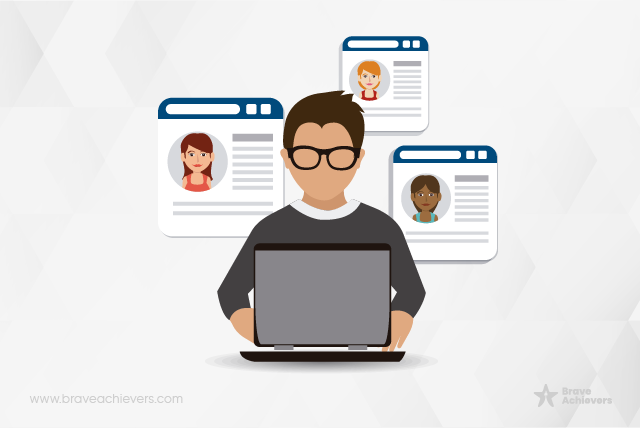
A user persona is a fictional character of your prospective user. It is best to create user personas after identifying pain points from user research. User personas help UX designers prioritize user needs and craft strategies to solve those needs.
Creating a user persona ensures that solutions are provided by considering the users first and not the personal opinion of the designer.
Conduct user testing
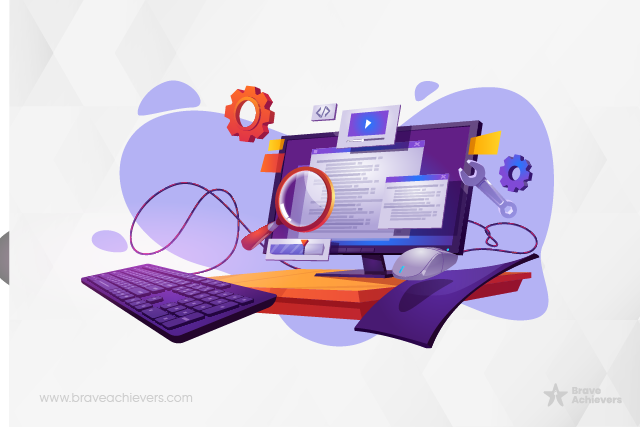
You conduct user testing to know if prospective users will need the proposed product or service you want to offer them.
Create a user flow for the product
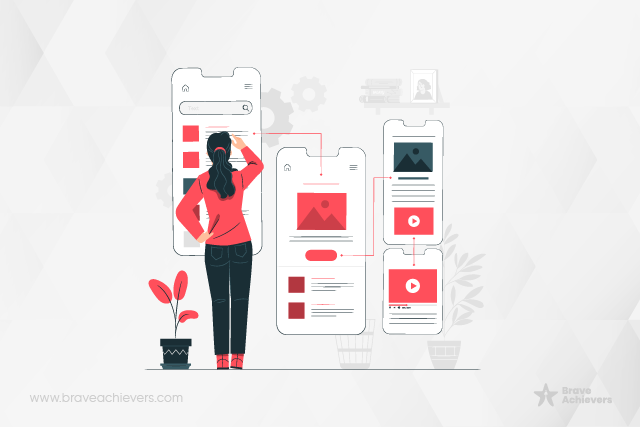
A user flow details the entire user journey from their first interaction with the product until they start using it to solve problems. It is more like a user journey map. User flows are essential in the product design process because they guide the design.
It guides the UX designer on the essential steps the user needs to take to solve their problem, which helps prioritize the design process. For example, if you are designing an app like Uber, the user must wait for available cabs before booking a ride. You cannot prioritize securing a ride before checking for availability.
Create wireframes
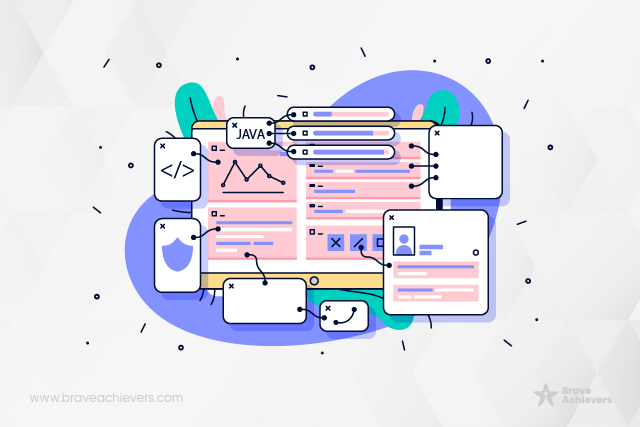
Wireframes are skeletal layouts of the website pages you intend to design. Creating wireframes aims to showcase the design elements on the web pages' interface to stakeholders for approval before going ahead with the design.
User interface
A good UI design can create a positive first impression on users. The user interface is what users see and interact with; thus, it plays a massive role in the user's experience of the product.
The interface design combines graphic design and visual design skills to create interface elements. Thus, UI designers must have a combination of these two design skills.
Responsive design
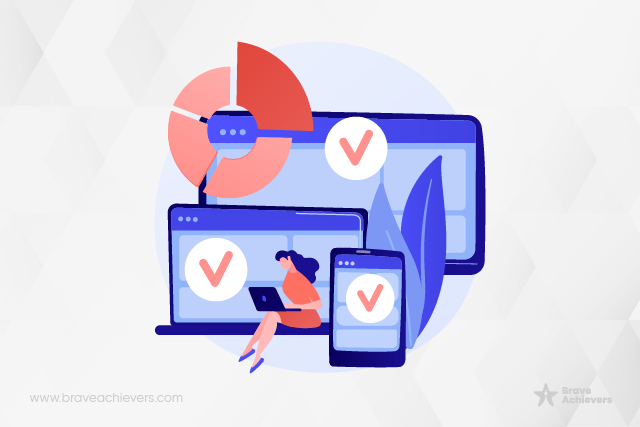
A user's interaction with a website or digital product will depend on the screen orientation of their device. Due to this, we can safely say that the user experience of a product can differ for users of the same user group.
While they have the same features that solve their problems on the product, they may not experience the product the same way if they access it from different devices. Thus, the way a user experiences a product is also dependent on the device they use.
This is why UX designers must ensure that their products can work on any device. Responsive designs are balanced for all screen sizes and can work on any device.
Responsive design is a way of practicing accessible design for all. The main objective of responsive design is to make the product usable for all, enabling users to have the flexibility to access the product from any device and from anywhere. It is part of placing priority on customer satisfaction.
Conduct usability tests
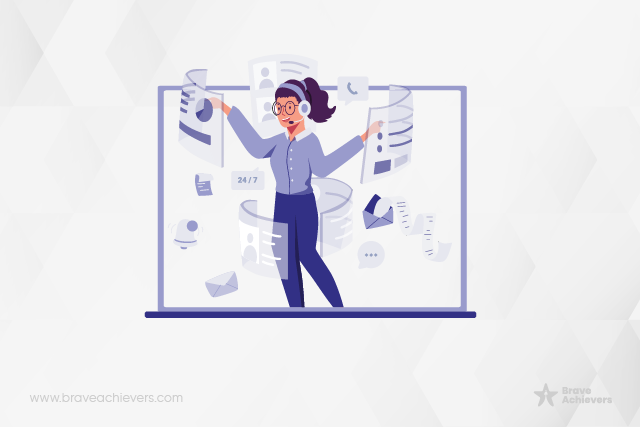
Usability testing is a core part of the user experience design. A usability test ensures that no stone is left unturned in designing the best user experience for prospective users.
A usability test tests the product with representative user groups to check how easily they can interact with it.
The core of UX design is how a user interacts with a product, so it is essential to check the interaction flow before launching the product. Moreso, a product with good usability will increase the organization's credibility.
Follow the design thinking process

Design thinking is a human-centered iterative process that user experience designers use for solving problems. Design thinking considers users' physical interaction and emotional relationship with products in their problem-solving process.
The design thinking approach has five steps which are:
Empathize
Empathy is the key to designing user-centric products. Empathy requires that you not only understand the pain points of users but also feel the pain with them. This makes you see the bigger picture in providing solutions for users.
Your designs will be a clear reflection of how much you can relate to your users' pain points
Define
This implies giving a proper definition of the problem you want to solve. A description is essential because it helps you prioritize the problems.
You might identify many problems during your user research process, but you have to sort them, look at the common issues and give a proper definition.
Ideate
The ideation stage involves engaging in critical thinking to develop design ideas that will benefit the end-user.
Ideation should only happen when you have conducted thorough research on prospective users. This is why it is always good to invite the user experience researcher that conducted the research for the ideation session.
Prototype
A prototype is a cheap sample of your final product. It would be best if you created prototypes to explore different design styles and confirm the product's usefulness and usability before the final launch.
Test
The testing stage is where the prototype gets tested by real users. The aim is to see how users can navigate the product without any guidance.
Get user feedback
User feedback helps you make adjustments where and when necessary, enables you to improve the product, and increases your alertness to be user-centered.
UX design tools
Figma
Adobe
Invision
Sketch
Proto.io
Webflow
Origami studio
Framer X
What is your role as a UX designer?
UX designers create functional and usable designs that solve users' problems and are easy to use. As a UX designer, your primary role is to be the voice for the users' pain points. You are responsible for the overall experience of the product, and as such, you have to make sure the decisions, targets, and outcomes set for the product all work to make your target user group have a positive experience with the product.
UX design skills
User research
Wireframing
Prototyping
Usability testing
Collaboration
Communication
Information Architecture
Final words
The user experience plays a massive role in the product's acceptance in the market. Designing a product goes beyond creating fanciful and visually appealing designs. The designs must be both usable and functional.
The design should be created with the overriding purpose of providing solution to users' needs. Thus, as a UX designer, you need to design with a laser focus on the user.

Comentarios